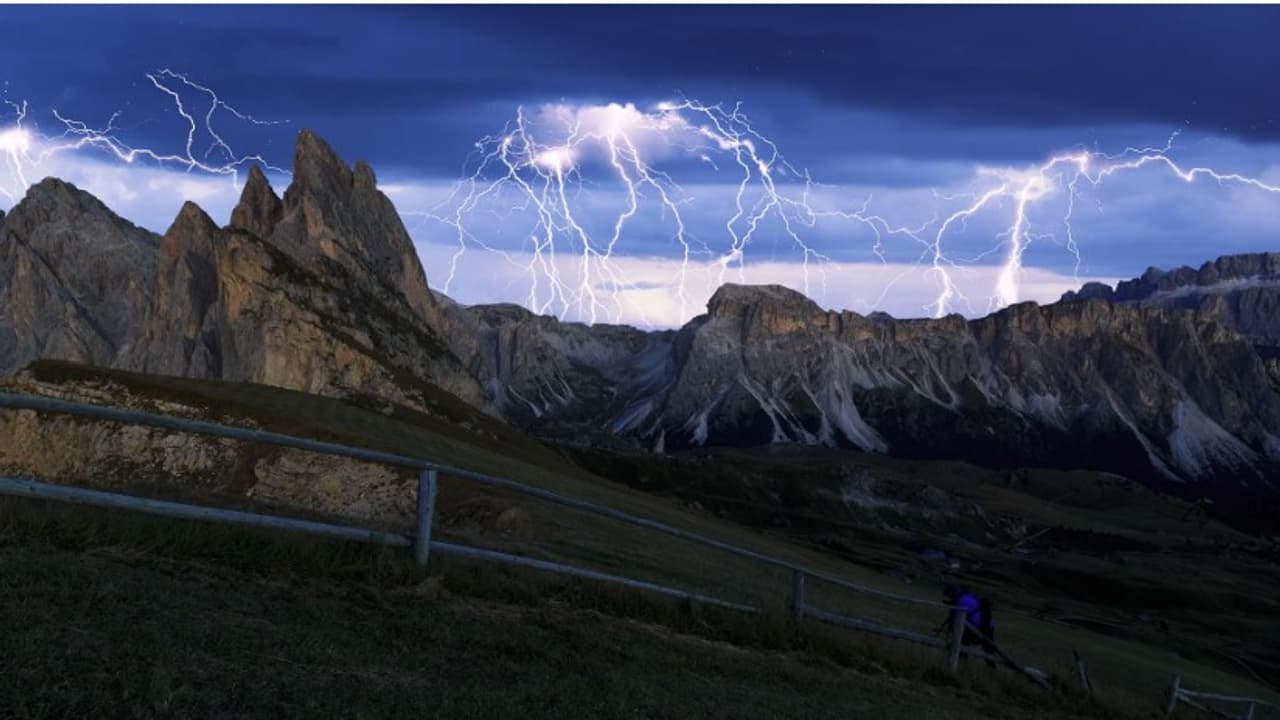Alpine cities may face twice as many extreme summer downpours with just 2 C of warming, researchers warn, following analysis of weather data across five European countries.
A torrent of trouble looms over Europe’s majestic Alpine region, as a new study reveals that even a modest 2°C rise in temperature could double the frequency of ferocious summer rainstorms. Researchers from the University of Lausanne (UNIL) and the University of Padova (UNIPD) have sounded the alarm after analyzing weather data from nearly 300 monitoring stations scattered across Switzerland, Germany, Austria, France, and Italy.

Short-lived but savage, these summer deluges pack a devastating punch—flooding city streets, destroying infrastructure, and endangering lives. The study, recently published in npj Climate and Atmospheric Science, underscores how rapidly intensifying rainfall is no longer a distant climate forecast but an imminent threat, particularly in the fast-warming Alpine belt.
In one dramatic instance, Lausanne was pounded by 41 millimeters of rain in just ten minutes in June 2018—an explosive weather event that inundated vast swathes of the Swiss city and racked up an eye-watering 32 million Swiss Francs in damage.
“These short, extreme events, often causing severe damage to property and posing risks to lives, are still very rare in Switzerland today,” the researchers noted. “However, with the rise in temperatures caused by global warming, they are likely to become more frequent in the future, particularly over the Alpine mountains and their surroundings.”
Warmer air holds more moisture—about 7% more per degree Celsius—and this turbocharges thunderstorm activity. With the Alps warming at a pace faster than the global average, the region finds itself squarely in the crosshairs of climate change.
Flash floods in the Alps: How climate change is supercharging summer storms
UNIL researcher and lead author Nadav Peleg delivers a stark warning: “Our results show that an average temperature rise of 1°C would already be highly problematic. The sudden and massive arrival of large volumes of water prevents the soil from absorbing the excess. This can trigger flash floods and debris flows, leading to infrastructure damage and, in some cases, casualties.”
The scientists’ model draws on historical data from 1991 to 2020, honing in on record-breaking precipitation events lasting between 10 minutes and one hour. By combining physical principles with regional climate projections, the team mapped how storm frequency could escalate under warming scenarios.
Francesco Marra of UNIPD, a co-author of the study, echoes the urgency: “An increase of 1°C is not hypothetical, it is likely to occur in the coming decades. We are already witnessing a tendency for summer storms to intensify, and this trend is only expected to worsen in the years ahead.”


